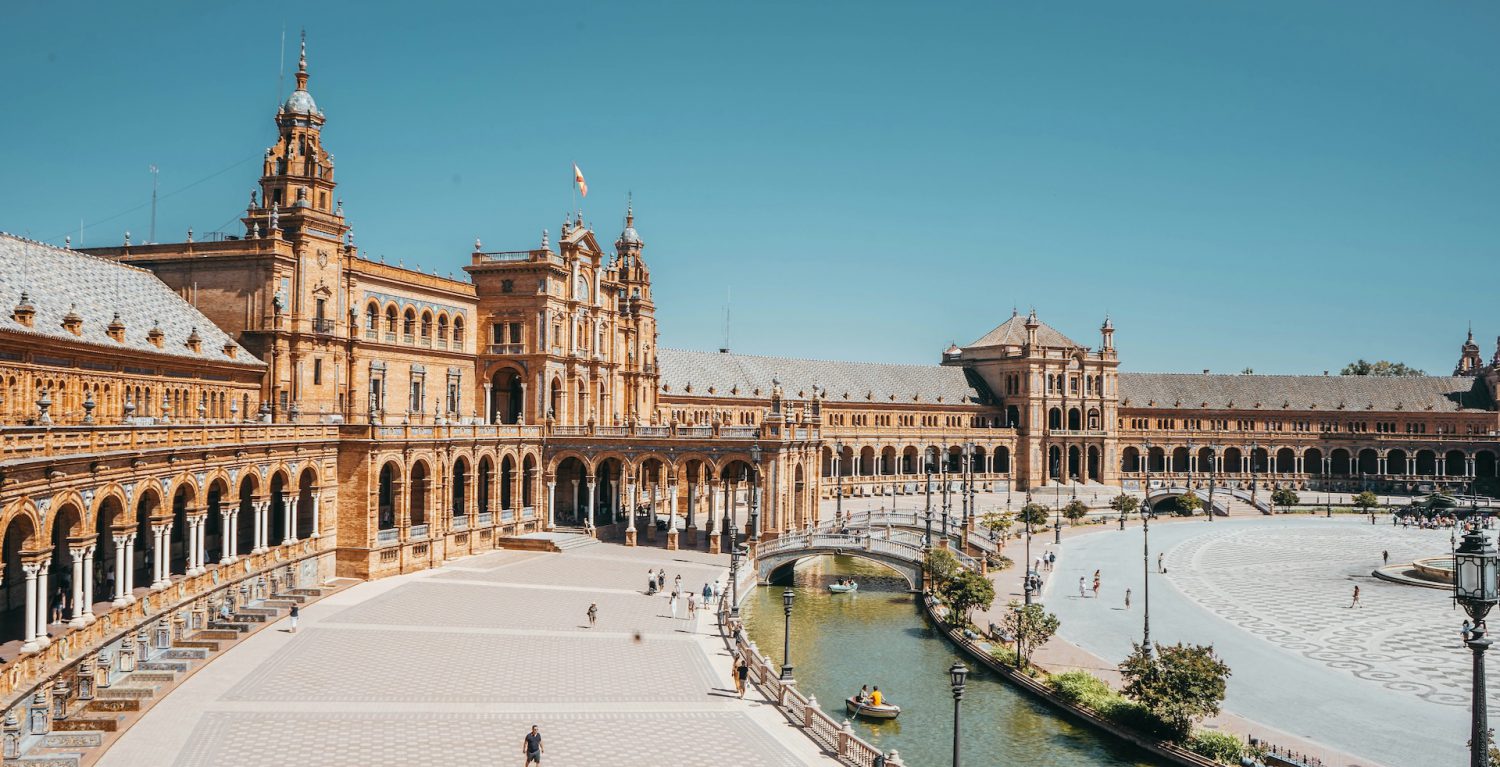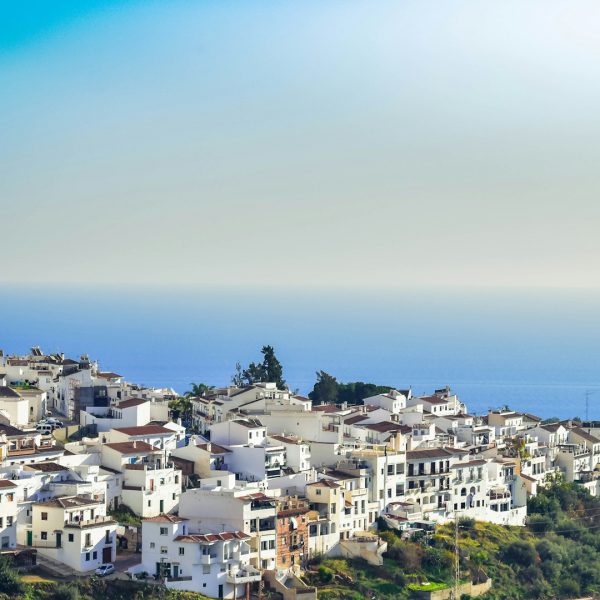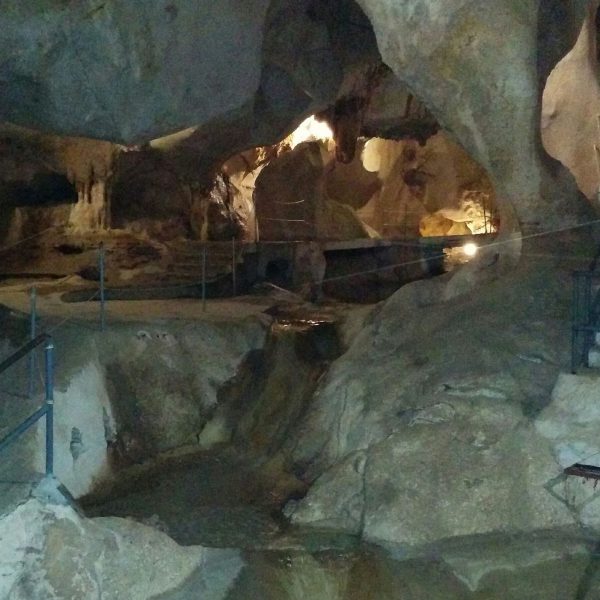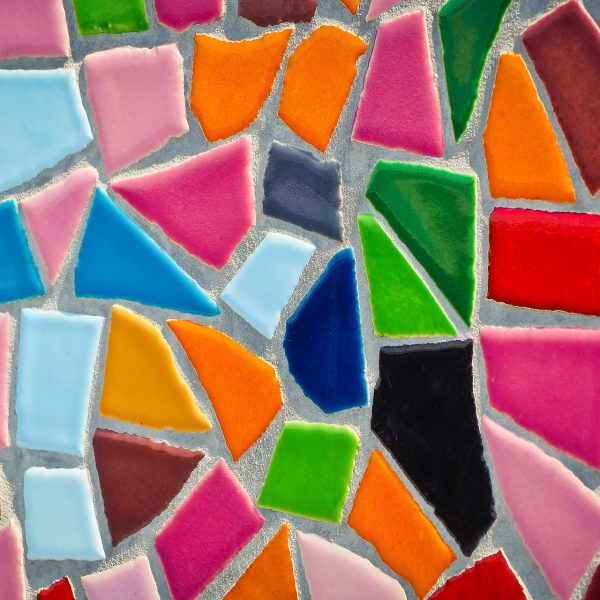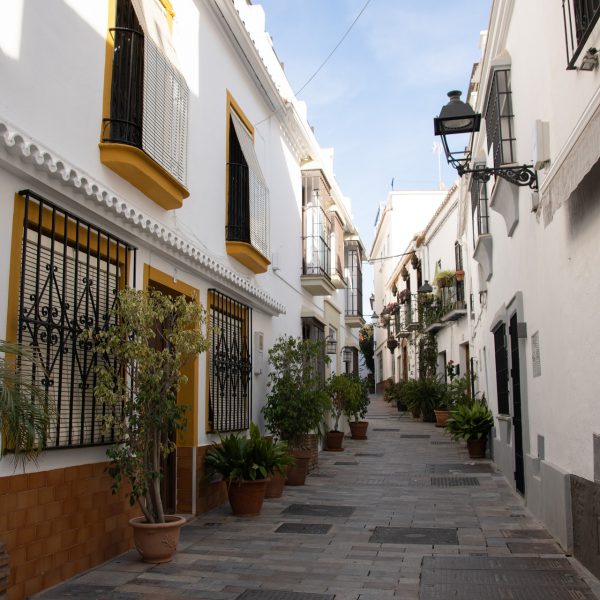Here in the online news section here at Simply Shuttles, we have explored a variety of aspects of sightseeing in Andalucia. So, it naturally makes sense for us to put the spotlight at some point on the autonomous community’s capital and largest city.
By that, we are – of course – referring to Seville, which, even though it is more than 200 kilometres away from Málaga Airport, you can get a great-value and comfortable private hire vehicle to with our help.
But enough about our own service; when it comes to historically Spanish evocative cities, you would struggle to do better than Seville. The city can trace its history back around 2,200 years, and it offers no shortage of captivating heritage sites to this day, such as the stunning Cathedral of Saint Mary of the See, and the adjoining Alcázar palace complex.
And, of course, Seville also has all the ideal tapa bars from which to appreciate some of the beautiful monuments that make the city such a draw for many people.
But how did Seville gradually become such a must-see spot in the first place? To answer that question, we thought we would take you on a swift, whistle-stop tour of the Andalucian capital’s fascinating past.
An Iberian, Roman, and Visigoth gem
Early Seville was certainly starkly different to today’s focal point for sightseeing in Andalucia. There is some dispute about Seville’s exact origins, although according to Britannica, it started life as an Iberian town, and went on to flourish during Roman times, from the 2nd century BCE. At this point in its history, the settlement was known as Hispalis.
Over the ensuing centuries, Seville came to assume a position of great political importance as the administrative centre of the Baetica province. Fast-forward to the early 5th century, though, and it became the seat of the Silingi Vandals’ kingdom, before – in 461 – it fell under the control of the Visigoths.
A thriving medieval city
The medieval period saw Seville transformed once more, as it developed into a major port city. Seville’s location helped earn it a reputation as one of the top spots for trading between Europe and Africa, and the status of a key commercial hub. Before long, Seville was considered one of the most important cities in all of Spain, and prosperity reigned.
1248 saw the arrival of King Ferdinand III, who took Seville from the Moors, and declared it the capital of the newly unified kingdom of Castile and Leon, thanks to its wealth and abundance.
An undeniable golden age
During the 16th century, Seville experienced another golden age, enjoying its status as a key port in Spain’s trading empire.
This period of prosperity helped fuel the city’s growth and development. Indeed, some of the city’s monuments that are among its most iconic to this day, including the Giralda tower and La Real Maestranza de Caballería, were constructed during this time.
17th century Seville was characterised by declining economic fortunes for the city, but a brilliant flowering of its culture; the latter was thanks in no small part to the contributions of legendary artists such as the painter Diego Velázquez and the sculptor, Juan Martínez Montañés.
Modern Seville emerges amid further dramatic ups and downs
The next few centuries were to see Seville undergo no shortage of fresh travails – not least the Spanish Civil War, the beginning of which saw the city fall very quickly, in 1936. Still, the turbulence of the 20th century also led Seville to eventually enter a new democratic chapter after the passing of Spain’s long-time authoritarian ruler, Francisco Franco, in 1975.
Today, Seville has a well-deserved reputation for its vibrancy and diversity, as well as its abundance of well-preserved heritage and cultural sites.
Whether you choose to simply explore the city’s historic streets and monuments in your own time, or immerse yourself in the energetic atmosphere of its best tapas bars – to give just a few suggestions – you can expect to be constantly inspired and stimulated as a visitor here.
So, why not book the private hire service from Simply Shuttles that would enable you to enjoy the city in the finest style? You can call our team today on +34 951 279 117, or send us an email via info@simply-shuttles.com.

